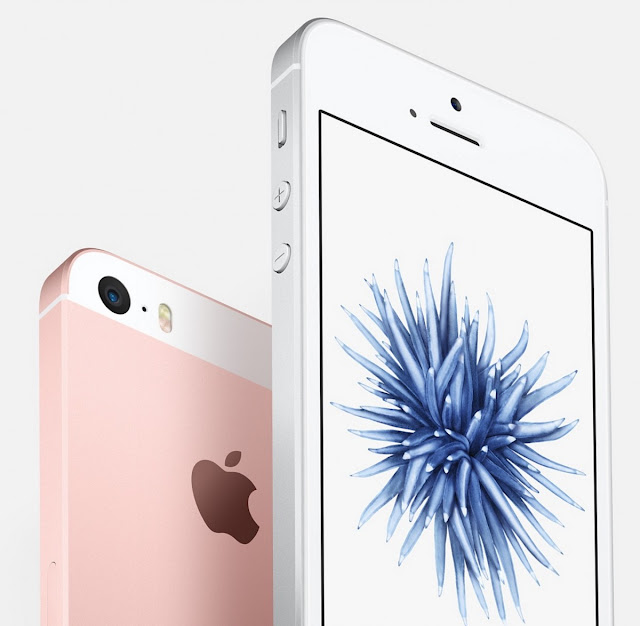If you prefer smaller phones, now is the time to buy the iPhone SE. If you want a larger screen and you can hold out, at this point you're probably better off waiting until September for the "iPhone 7" and skipping the iPhone 6s (or getting it at a discount).
It's been more than six months since the launch of the iPhone 6s. And while the iPhone 6s is a fantastic phone, we're now closer to the anticipated debut of an "iPhone 7" than we are to last year's launch of the iPhone 6s.
That puts prospective iPhone buyers in somewhat of a gray area. And for some, the launch of the iPhone SE may have muddied the waters even further.
For those unsure what to do, here's a helpful guide to deciding what's right for you.
Yes, there will still be an "iPhone 7" this fall
The launch of the new 4-inch iPhone SE has generated some anxiety that Apple may not launch a new flagship model this fall. Don't worry: All indications are that a full-fledged "iPhone 7" and "iPhone 7 Plus" are still in the cards.
What's it expected to have? The real selling point for most could be an all-new design. Apple has historically introduced an entirely new chassis with number upgrades, and this year it's expected to continue that tradition.
Inside, you can expect the usual array of enhancements, including a next-generation "A10" processor. The larger 5.5-inch "iPhone 7 Plus" is also expected to have more RAM for even greater performance.
The cameras will also see an upgrade, with rumors suggesting Apple is working on a dual lens design that could greatly improve stability and image quality, while also potentially adding an optical zoom function.
In all, the "iPhone 7" is expected to be a healthy upgrade from the iPhone 6s and the iPhone SE, which feature many of the same components.
Sizing up your options
The newly launched 4-inch iPhone SE will likely remain in Apple's lineup for awhile — Apple isn't expected to revamp that form factor this year. And it may not even touch it next year either.
So if you were holding out hope for a new 4-inch iPhone, right now is the time to buy. Apple's latest update is powerful and competitively priced, and it's expected to remain as-is through the end of 2016 and beyond.
You'll also save a fair amount of money: The iPhone SE starts at just $399, while it's likely the "iPhone 7" will carry Apple's typical entry price of $649. Saving $250 and getting a phone six months sooner is nothing to sneeze at.
But if you prefer a larger phone or you're a bleeding-edge type of user, the issue is a little more complex. Apple is expected to launch its new "iPhone 7" in September, putting us currently smack dab in the middle of the iPhone 6s cycle.
Timing, timing, timing
If you can wait, and you prefer larger (and better) screens on your iPhone, you probably want to put away your wallet and be patient. The "iPhone 7" is expected to be a big upgrade — the biggest since the iPhone 6.
Why wait? Well, if you're looking for the best in mobile technology, and you've already made it this long without an iPhone 6s, you'll be happier if you hold off.
Of course, not everyone can wait. Maybe your old iPhone 5s finally bit the dust. Maybe you dropped your iPhone 6 in the ocean and the cost of repairing it is prohibitive, but you still need a smartphone for the next six months. Maybe you don't really care about the latest and greatest.
For those buyers, the iPhone 6s is a great choice. You'll be happy with it. Just don't develop a sense of buyers' remorse come September, because there's always something new around the corner.
The headphone factor
Finally, let's touch on one persistent — but unconfirmed — rumor about the "iPhone 7." Namely, that it won't have a 3.5-millimeter headphone jack.
Even here, we think it's best to wait. If the "iPhone 7" truly does launch without a headphone jack, and that's a dealbreaker for you, the current iPhone 6s will almost assuredly drop in price by at least $100.
By waiting, you'll have the benefit of choosing between a new "iPhone 7," or a more affordable iPhone 6s. Given Apple's track record, that's likely to be a win-win situation.
Just remember: Patience is a virtue.
Source:appleinsider
































